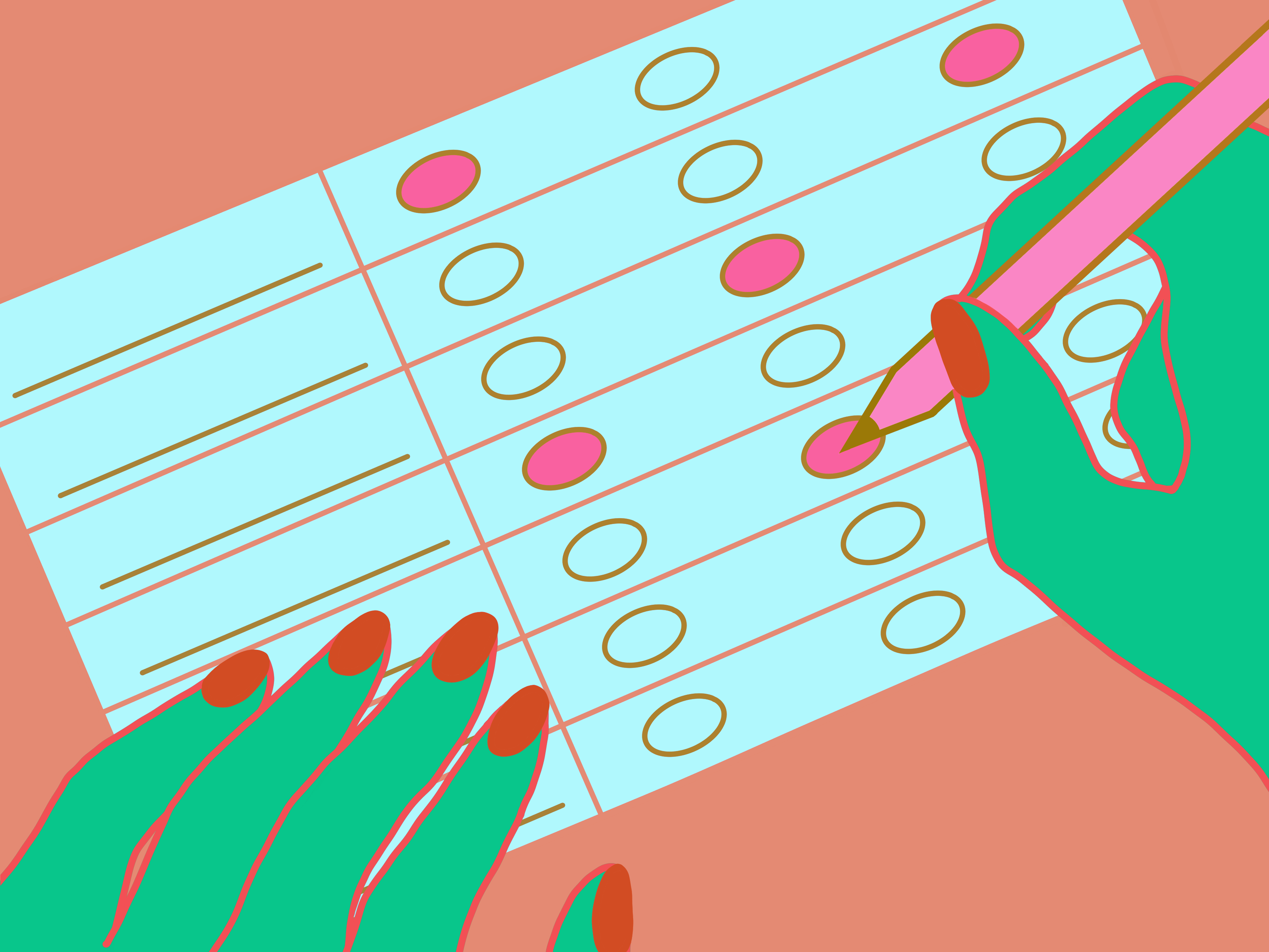This article appears in our October print issue.You can pick up a copy on newsstands around campus, or at our newsroom in room 520 in the University Center.
____________________________________________________________________
Caroline Cao is a former New School student.
Say you voted for Jill Stein, or Gary Johnson, in the 2016 presidential election. Maybe you really liked them best for their ideas and their platform, or maybe you just couldn’t stand Donald Trump or Hillary Clinton. Say you lived in Florida, or Pennsylvania, or Wisconsin, where your vote has mattered much more than in other states in recent years. Voting for your favorite candidate in a democratic election is one of our fundamental rights as Americans, but a vote for Jill Stein or Gary Johnson in Florida in 2016 was essentially a wasted vote, because neither of them was ever in contention to win the electoral votes of any state.
But what if there was a way to change that? What if there was a different system of counting ballots, that allowed voters to list their favorite candidates in order of preference, so a vote for a third-party candidate can be recycled and can actually count. Here’s how.
Ranked-choice voting, also known as Instant Runoff Voting, is the process where voters can rank their preferences rather than vote for their first-choice candidate only. I have fought and will continue to fight for ranked-choice voting in NYC for two reasons: agency and variety. Ranked-choice increases the chances of your vote counting toward the winner, even if the candidate isn’t your first choice.
How does the ranked-choice tallying work? Once the initial first-choices are counted, the candidate with the fewest votes is eliminated. Any votes cast for the eliminated candidate would be re-allocated to a voter’s second choice candidate, then third, then fourth, and so on. If there isn’t a majority, votes will be allocated to candidates until one reaches a majority threshold and declared the winner. If your first choice doesn’t win, your second or third choice could be counted and have a shot.
My Texas ballot was rejected in November 2016, for instance, election reform became my mission. I am disgruntled by attacks on voting rights, from the voter purges in Ohio, Florida poll taxing ex-felons, Texas’s closure of polling sites and Majority Leader Mitch McConnell blocking the For the People Act of 2019 election reform bill. When I moved to New York City to study for my Creative Writing MFA at the New School, I involved myself in voting rights movements, such as the nonpartisan League of Women Voters – NYC Chapter and Common Cause New York. I sought to improve the election system and voting literacy for a more satisfactory democracy.
If New Yorkers vote “Yes” on Question 1 this year, ranked-choice voting will be implemented in 2021 for primary and special elections in NYC for Mayor, Comptroller, Public Advocate, Borough President and City Council. Voters would be able to rank up to five candidates.
The USA saw gradual implementation in a handful of cities since the early 1900s. Ranked-choice is already used in the state of Maine, as well as in municipalities like Berkeley, CA, Minneapolis, MN and Santa Fe, NM.
The ranked choice movement has seen milestones recently. Maine, in particular, is set to become the first state to use it in a presidential primary. Representative Jamie Raskin of Maryland recently sponsored the Ranked Choice Voting Act (HR 4464), which would require states to adopt ranked choice to pick Congress members beginning in 2022.
With its instant runoff feature, ranked choice avoids the expense of runoff elections. For example, Alabama had a $3 million 2014 statewide runoff election with low voter turnout. Had Alabama used ranked choice voting, it would have saved those millions and spared its citizens from disrupting their work schedule and traveling to the polls.
America runs on a two-party “Democrat vs Republican” system where it is difficult for a third-party candidate to win the office. If I end up preferring a third-party candidate, ranked-choice could increase my confidence in voting for a third-party candidate as my first choice — while I also select backup candidates down the rankings.
And if you’re still attached to the pick-one system, ranked choice still allows you to pick only your number one. But if you’re not evaluating and choosing your backup candidate on a ranked choice ballot, you might miss out on allowing another potential top choice a win.
You may not see your first choice win the office but you might take consolidation with your backup choices. That’s better than taking the risk that your least favorite candidate wins your state. Overall, ranked-choice means a democracy with more choice and better outcomes for a majority of voters.







